Nature is captivating
Many tourists come to Faroe to indulge their love of mountain climbing and hiking. Most of the islands remain pristine, allowing hikers to immerse themselves in nature. A popular destination for many tourists is Slættaratindur, the highest peak in Faroe. Slættaratindur on the island of Eysturoy always attracts visitors at first sight because of its strange shape, like a pyramid with a flat top. To successfully conquer the 880m high mountain, you must have good endurance and dress warmly because this mountain is covered in thick fog all year round.

Beinisvørð cliffs on the island of Suðuroy are a must-see for visitors. Many come to experience the thrill of standing on the 469m-high cliffs overlooking the thick fog that obscures the sea below. In the old days, the Faroese also had a profession of rappelling down from the top of Beinisvørð to collect bird eggs from the nests on the cliffs. This dangerous work only ended after an avalanche killed most of the birds living on the cliffs. The poetic beauty of Beinisvørð has inspired generations of Faroese artists, including musician Hanus G. Johansen, poet Poul F. Joensen and poet Janus Djurhuus.
If Vietnam has the Rooster and Hen Rocks, Faroe has the Risin og Kellingin Rock. The name means “The Giant and the Witch” to talk about the legend explaining the origin of two large rocks standing next to each other off the coast of Faroe. Accordingly, in ancient times, there was a giant and an Icelandic witch trying to make Faroe theirs. The witch tied one end of a rope to the top of a mountain on the island, and the other end of the rope was for the giant to pull. Before they could pull much, the sun rose and turned the giant and the witch into stone. Tourists should try to visit Risin og Kellingin because according to many geologists, storms are likely to cause the two rocks to fall into the sea in the next few decades.
There are two lakes worth visiting on the Faroe Islands. The first is the “sea lake” Sørvágsvatn. The name comes from the fact that the lake runs right up to the cliff overlooking the sea. Standing on the opposite cliff to see Sørvágsvatn and the Bøsdalafossur waterfall flowing from the lake will leave even the most experienced visitors in awe. The second lake worth visiting is Toftir on the island of Eysturoy. The lake is located in one of the most beautiful valleys on the island. During heather season, families flock to Toftir to see the flowers and the migratory birds returning to their homeland.
Northern people
Faroese urbanisation is not as rampant as in many other Danish cities. Even the capital Tórshavn, on the main island of Streymoy, is a medium-sized town, with many cobblestone streets lined with traditional terraced houses. An aimless afternoon spent strolling the old town of Tinganes or watching the sun set over the harbour is a great way to enjoy Tórshavn.
If you want to learn about life on Streymoy Island, visit the museum at Kirkjubøargarður Farm, which is home to some of the oldest surviving wooden houses in the world . The oldest house on the farm was originally built for the Faroese parish priest. The Patursson family owned the farm for several generations until the Danish royal family confiscated the land and made it theirs. Today, Kirkjubøargarður is owned by the local government, with the Paturssons acting as tenants and conservators.
Kirkjubøargarður Farm houses many artifacts related to the life, history and culture of the Faroe Islands, including an exhibition about the Norwegian King Sverre Sigurdsson who grew up on the farm. The people also organize a model of a “living museum” with many activities recreating daily life such as herding sheep, weaving, smoking fish...
Kirkjubøur village, where Kirkjubøargarður farm is located, is also near several other monuments, such as the Magnus Church. The church was started in 1300 but was only used for a short time before being abandoned. Today, only the stone wall of the church remains. Inside a section of the church wall is a lead box that was inserted during construction. This box contained the relics of the Icelandic saint Thorlak. After many years of restoration, the Magnus Church ruins are finally open to visitors. The island government also hopes to have the site recognized by UNESCO as a World Cultural Heritage site.
Life on the Faroe Islands’ second-largest island, Eysturoy, is even quieter than Streymoy, which is all the more appealing to tourists who want to escape the hustle and bustle of the city. Most of the islanders make their living by fishing, processing and selling fish. They live in small coastal villages, their houses painted in a variety of bright colours to contrast with the green of the valleys and the grey of the sky.
Villages like Eiði, Gjógv, Elduvík, Fuglafjørður... have quite good homestay services, enough to satisfy tourists who want to rest between conquering the mountain peaks on the island. From mid-June to early July is when the locals organize many festivals to celebrate the harvest. A summer vacation in Eysturoy, therefore, is absolutely the right choice.
Source






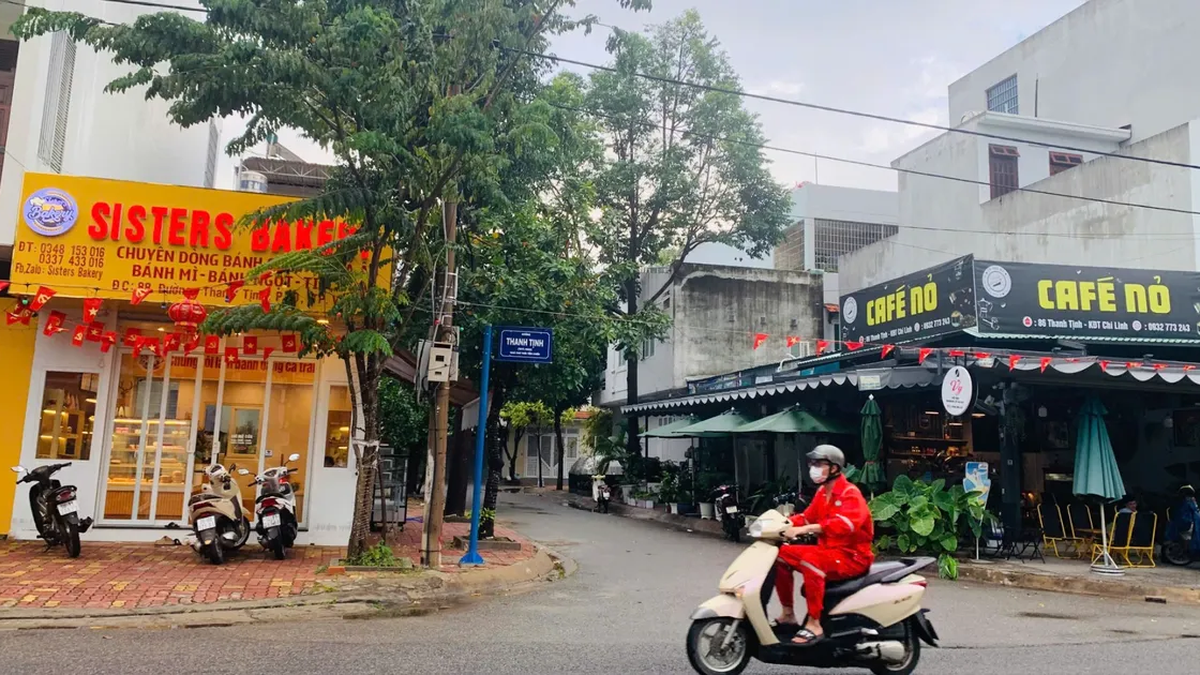


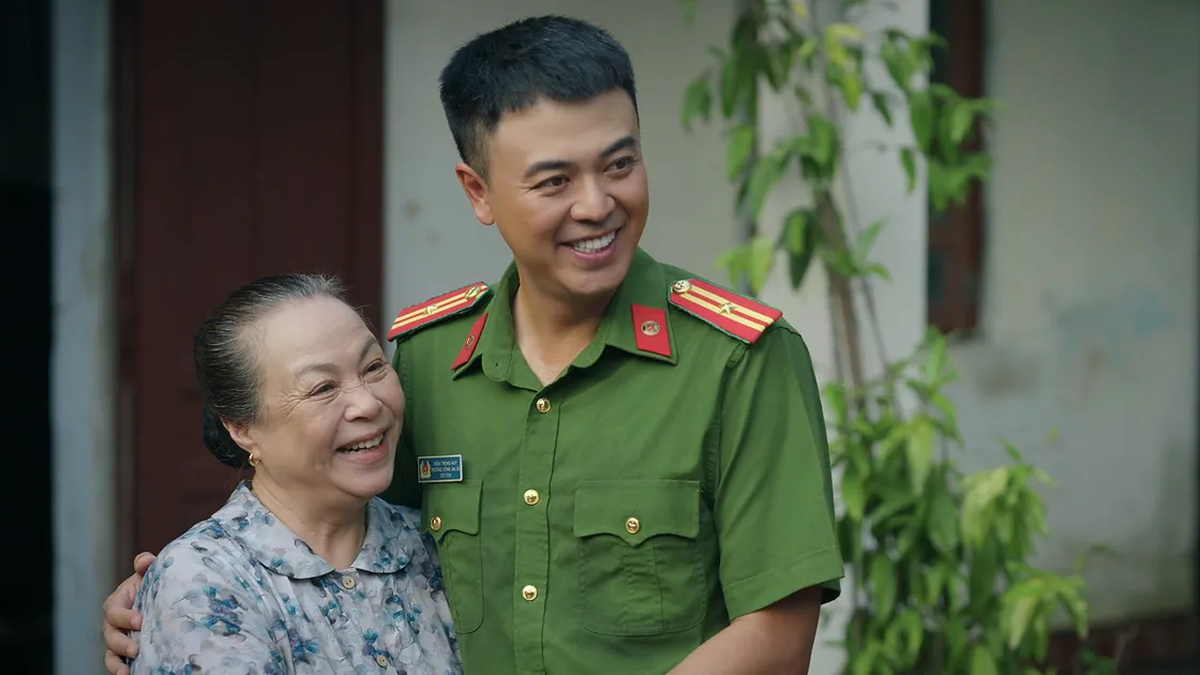


























































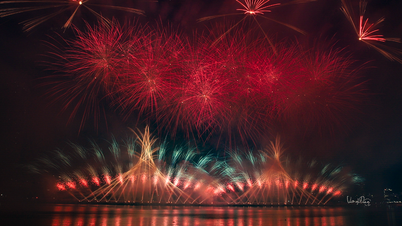



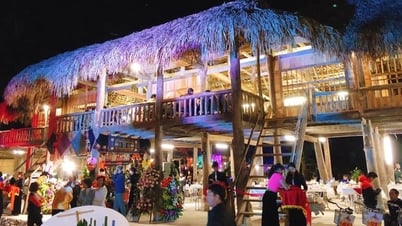



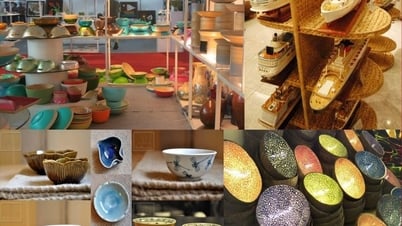






















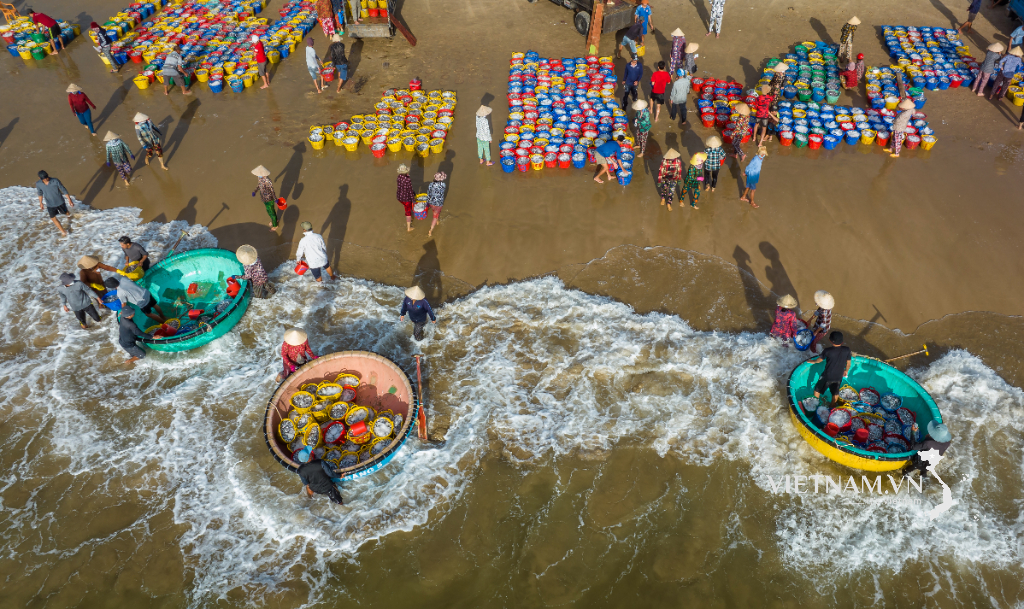

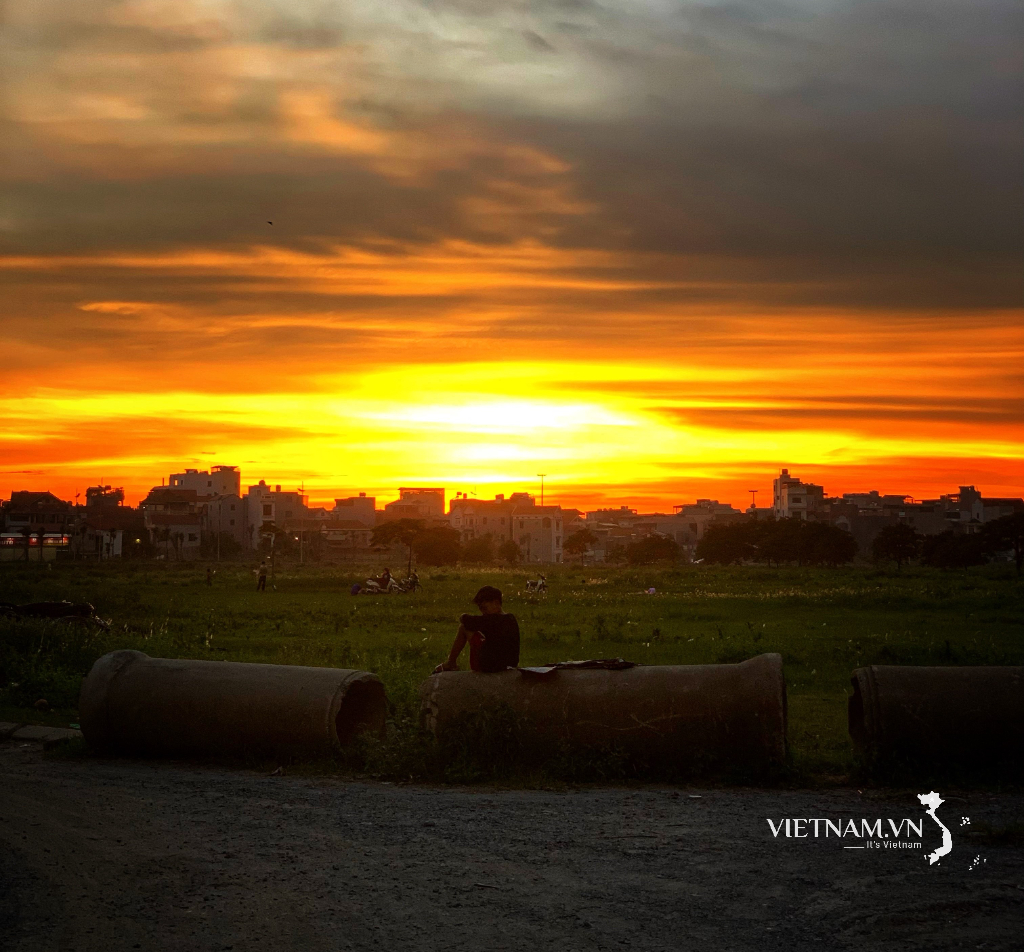
Comment (0)